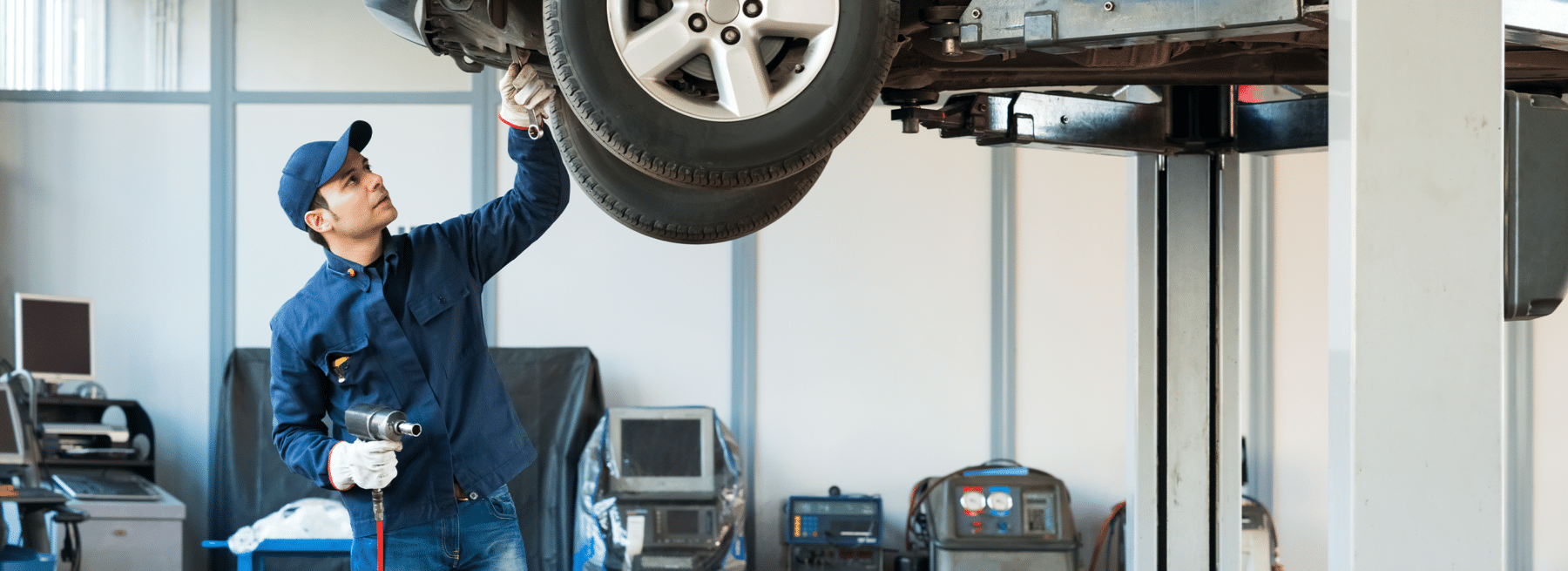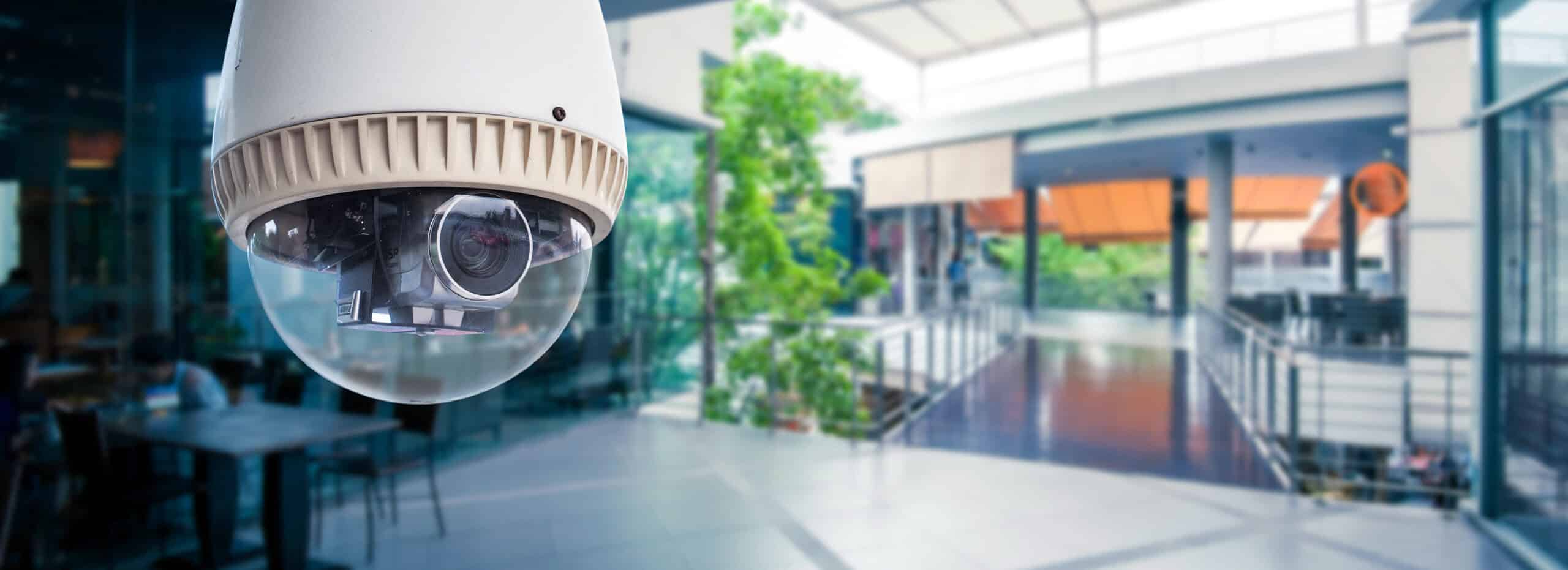Construction companies know they must have security. Unfortunately, security is often treated as an afterthought. They tack it on as they go. There is no planning and strategy as they tend to take an ad hoc approach. An unplanned approach can create new gaps in construction security and not even close some of the gaps.
It is always less expensive and more effective to plan security at the start after landing a new contract. Bring in security professionals after all parties have signed the contract. Security professionals can help ensure the jobsite is set up efficiently in many ways. Not only will it optimize security but also enhance safety by thinking about traffic patterns, the locations of equipment and materials, and construction site organization.
It’s possible to keep foot traffic separate from large equipment. It’s feasible to store equipment, materials, and other assets in a location that lowers the risk of theft. Here’s a simple example. No jobsite would put materials close to public streets. It gives bad actors the opportunity to swipe the materials with little effort. Therefore, it’s essential to include security and safety in pre-construction project planning.
In working with a trusted construction security partner, you could avoid these top security challenges.
Implementing Too Much Technology
When it comes to enhancing construction security for job sites, the integration of security technology has been a boon and a burden. While advancements like video cameras and biometric scanners offer promise to fortify construction sites against theft, vandalism, and unauthorized access, there’s a fine line between effective security measures and too much technological arsenal.
One of the biggest pitfalls of going overboard with security tech is just how complicated it can get. Throwing a bunch of different systems out there without any real cohesive plan? That’s just a recipe for confusion among the folks working on the construction site.
The problem is all these disparate technologies usually operate on separate platforms. That means extra training is required to get everyone up to speed on using and managing it all effectively. It’s a lot of unnecessary hassle.
The complexity you’ve accidentally created by tech overload can open the door for costly vulnerabilities. With so many moving parts, it gets easy for leadership to miss critical security gaps or mess up system configurations. Before you know it, you’re left exposed.
Some people buy into the mistaken idea that more is always better when it comes to security tech. But you can definitely have too much of a good thing going on. Piling on every latest gadget without a smart strategy behind it doesn’t actually make you more secure. If anything, it puts your site at greater risk.
The key is being selective and intentional about the technologies you implement based on your specific needs and risk profile. It’s about finding that sweet spot of comprehensive protection without the debilitating complexity.
Relying on Technology Alone
Relying solely on technology to address construction security challenges can introduce a host of risks and shortcomings. While technological solutions such as surveillance cameras, access control systems, and alarms offer a layer of defense, they inherently possess limitations that must be addressed.
One significant issue with relying on technology alone is its susceptibility to technical failures and malfunctions. Surveillance cameras can experience downtime due to power outages, connectivity issues, or mechanical malfunctions, creating blind spots on your site.
Another challenge arises from the human factor. While technology can automate certain security processes and provide alerts for suspicious activities, it ultimately depends on human operators to interpret and respond to these alerts effectively. Without proper training or oversight, personnel may overlook critical warnings or fail to take appropriate action, rendering the technology ineffective.
Moreover, relying solely on automated systems can erode situational awareness among construction site staff, diminishing their ability to detect and respond to security threats proactively. That’s why they need to receive consistent security and safety training.
Furthermore, the static nature of technology poses limitations in adapting to dynamic security scenarios. Construction sites are constantly shifting with constantly shifting conditions and variables.
A security system designed to address one set of threats may prove useless when faced with unforeseen challenges or evolving tactics employed by bad actors. Without human intervention and strategic planning, technology alone cannot adequately adapt to changing circumstances or anticipate emerging threats.
To address these challenges, a holistic approach that combines technology with robust physical security measures, stringent protocols, and well-trained personnel is mandatory. It’s about striking the right balance of human expertise and protective equipment working in harmony. That’s the real key to a secure job site.
Selecting Technology That Creates a Liability
Not all technologies reduce liability. The type of technology and any related services can make it break liability. From time to time, a news story appears reporting on crane climbers. It’s lucky that video cameras with artificial intelligence and human monitoring prevented two drunk crane climbers from suing the construction company. Yes, they can sue for liability even though they’re trespassing.
It’s important to note that not all technologies can reduce liability. The effectiveness of a technology and any accompanying services can either minimize or increase liability. Occasionally, news reports emerge highlighting the dangers of crane climbers. In one case, the use of video cameras equipped with advanced technology and human monitoring prevented two intoxicated individuals from injuring themselves and the project while trespassing on a construction site after hours.
Fortunately, the crane climbers heard the warning issued by a trained monitoring operator who was located in a remote location, watching the site. They climbed down to safety. There are video security systems that would not have deterred a potential tragedy. These reactive systems simply set off an alarm, which can be easily ignored unless someone is monitoring the activity.
The key is to invest in the right video surveillance system and related services. Not all cameras are created equally and have the ability to capture important identifying information. Not all services can proactively notify security that something is about to happen or has started to happen.
Security vendors like Stealth Monitoring use both technology and people to optimize proactive security. Left to their own devices, technology and people make mistakes. Working in tandem greatly cuts those mistakes. It’s like a system of checks and balances.
The visibility of security cameras around the job site can reduce the chances of liability incidents. The camera system can save everything as recordings that can be used by the police and lawyers as evidence in liability cases. This helps protect the construction company from false claims and shows it has done everything to help create a safe job site.
Liability is one of the toughest cases to win because the court typically can’t determine who is responsible. This isn’t a problem when there’s video surveillance with monitoring done by humans and artificial intelligence. Video surveillance helps lower liability because it shows that the construction company didn’t intentionally violate safety measures. Watch these construction site surveillance videos for examples of how video cameras help with a lot of construction security challenges.
It’s possible to lower a company’s insurance premiums. Video surveillance and remote monitoring tell a construction company’s insurance provider that they took the steps to create a safe and secure environment. Someone watching your property can identify and report potential hazards. Because of this, video surveillance helps protect companies from liability claims.
How to Counteract the Top Construction Security Challenges
One of the most effective ways to offset the problem of relying too much on technology is through training. All workers should undergo training on construction site processes, proper equipment use, identifying which equipment and gear to use for which task, and other important security topics.
Companies with the best safety record invest in security and safety training, as well as the proper personal protection equipment (PPE). They verify the PPE fits in accordance with guidelines and that workers wear the right one for the task. Do not cut corners with PPE as it can put someone’s safety at risk. You could pay a higher price than you would for high-quality PPE.
As previously mentioned, construction site video surveillance can deter crime, mitigate damage and liability, cut costs, and identify opportunities for productivity and safety improvements. Proactive and effective remote video surveillance consists of advanced technology and trained monitoring operators. The technology works with the operators to look for safety hazards that could cause falls or being stuck in between equipment.
Fortunately, a well-designed video surveillance system with remote monitoring puts two types of eyes — artificial intelligence and trained monitoring operators — across the construction site while recording all activities. Proactive video monitoring solutions like those from Stealth Monitoring have stopped crime, falls, and vandalism.
Severe weather has grown exponentially in recent years. Video surveillance with remote monitoring can watch over the jobsite during severe weather. If a problem arises, they can contact the right people. The sooner someone knows about the problem and responds, the less damage that will be incurred.
Remote video surveillance monitoring allows the operator to safely watch over the jobsite as they may not be in the same city or state as the jobsite. The operator does not have to shelter in place.
To learn more about construction security, pick up this construction site security guide. To get a customized right-sized construction security solution that fits your requirements and budget, contact us.
Texas Private Security License Number: B14187
California Alarm Operator License Number: ACO7876
Florida Alarm System Contractor I License Number: EF20001598
Tennessee Alarm Contracting Company License Number: 2294
Virginia Private Security Services Business License Number: 11-19499
Alabama Electronic Security License # 002116
Canada TSBC License: LEL0200704





